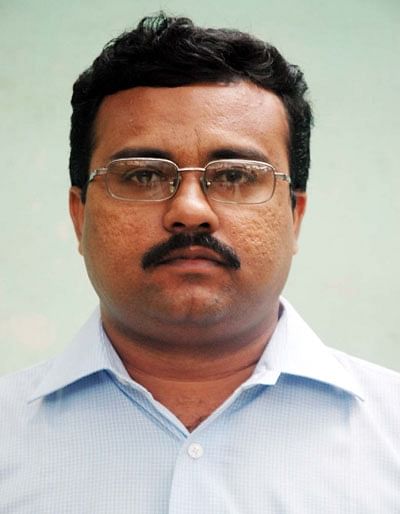Modi to attend state funeral of Abe despite protests in Japan
Prime Minister Narendra Modi will on Tuesday join nearly 20 other leaders at the state funeral of his former Japanese counterpart Shinzo Abe in Tokyo.
Modi left New Delhi on Monday to attend the state funeral of Abe in Tokyo, even as the Japanese government came under criticism for holding the ceremony.
The Prime Minister will also have a bilateral meeting with Japanese Prime Minister Fumio Kishida.
Abe was assassinated at Nara City in Japan on July 8 last.
“I am traveling to Tokyo tonight to participate in the State Funeral of former PM Shinzo Abe, a dear friend and a great champion of India-Japan friendship,” Modi tweeted just before his departure from New Delhi. “I will be conveying heartfelt condolences to Prime Minister Kishida and Mrs. Abe on behalf of all Indians. We will continue working to further strengthen India-Japan relations as envisioned by Abe San.”
I am traveling to Tokyo tonight to participate in the State Funeral of former PM Shinzo Abe, a dear friend and a great champion of India-Japan friendship.
— Narendra Modi (@narendramodi) September 26, 2022
The Prime Minister will attend the state funeral ceremony at Budokan, followed by a greeting occasion at Akasaka Palace, Foreign Secretary Vinay Kwatra told journalists on Monday.
The decision of the Kishida government to hold the state funeral of Abe triggered protests in Japan as it would cost an estimated amount of $11.4 million.
A large number of people have been protesting against the decision with a man even setting himself on fire near the office of the Japanese Prime Minister.
Modi did not attend the funeral of Queen Elizabeth II. President Droupadi Murmu visited London to attend the funeral of the longest reigning monarch of Britain and offer condolences on behalf of the Government of India. The Prime Minister, however, chose to attend the funeral of his former counterpart in the Japanese government.
Modi first met Abe when he visited Tokyo in 2007 as the then Chief Minister of Gujarat and had a meeting with the then Japanese Prime Minister. The two leaders developed a personal bond through their meetings and interactions spanning over a decade, Foreign Secretary told journalists in New Delhi. India had announced one-day national mourning on July 9 as a mark of respect for the former Prime Minister of Japan.
Abe had delivered his landmark “Confluence of the Two Seas” speech at a joint session of both the Houses of Parliament of India during his first visit to New Delhi as Prime Minister of Japan in August 2007. The speech had laid the foundation of the concept of Indo-Pacific and a larger cooperation between India and Japan as well as other nations in building an “arc of democracy” to counter the hegemonic aspirations of China.
His efforts had been instrumental in launching and reviving the Quad – a coalition of India, Japan, Australia and the United States – to work together with the vision of a “free, open and inclusive Indo-Pacific”. He had again visited New Delhi 13 months after starting his second tenure as Prime Minister of Japan as Manmohan Singh’s government had invited him to be the chief guest in the Republic Day ceremony in January 2014.
Modi, who took over as the Prime Minister in May 2014, developed a special relationship with Abe ever since he chose Tokyo as his first foreign destination beyond neighbourhood. During the visit in September 2014, he and Abe elevated India-Japan relations to a “Special Strategic and Global Partnership”. They met altogether 12 times as prime ministers of India and Japan, including five annual summits, between 2014 and 2018 and expanded bilateral cooperation in diverse areas like civil nuclear energy, maritime security, bullet trains and infrastructure.
Modi accompanied Abe to witness Ganga Aarti in his constituency Varanasi in 2015 and on a visit to Gandhi Ashram at Sabarmati in Ahmedabad in his home state Gujarat in 2017. Abe also hosted him in his vacation home at Yamanshi in Japan in 2018.
